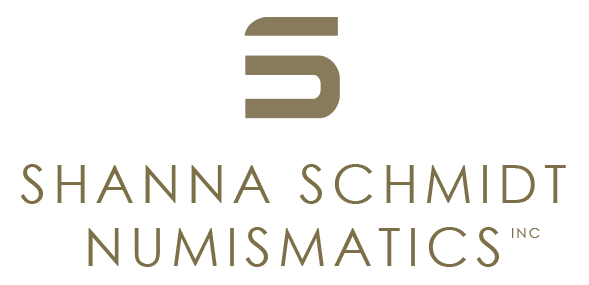Greco-Baktrian Kingdom. Eukratides I Megas, 171–145 BC , c. 170-145 BC
Greco-Baktrian Kingdom. Eukratides I Megas, 171–145 BC , c. 170-145 BC
AR Tetradrachm, 17g (34mm, 12h).
Diademed and draped bust to r. / The Dioskouroi on horses prancing to r., each holding spear and palm; ΒΑΣΙΛΕΩΣ above, ΕΥΚΡΑΤΙΔΟΥ below, Δ (mark of value) in lower r. field, monogram in upper l. field
Pedigree: Acquired from Windsor Antiquities
References: Bopearachchi 1C; Bopearachchi & Rahman 231; Mitchiner 168f var. (no Δ and monogram to right); SNG ANS -; Qunduz 115-6 var. (different monogram, location of Δ and monogram swapped); HGC 12, 130
Grade: Obverse slightly off center, but with all details visible. Reverse is of fine style. Contact marks evenly spread over both faces with wear on high points. Subtle orange-purple toning on both faces. VF/EF. (gk1767)
Scroll down for more information about this coin.
Unlike a number of other Bactrian kings, identifiable only through numismatic evidence, Eukratides the Great’s adult life is relatively well attested to by ancient sources. In his article Coins of Alexander's Successors in the East (Continued) published in the Numismatic Chronicle 9the edition (1869): pp. 121-53, Cunningham suggested that he was in fact the local satrap of Baktria and analyzed Justin’s passage on how Eukratides staged a coup. This ended with Eukratides successfully surviving a siege with only three hundred men lasting five months by a force of sixty thousand loyal to Demetrios and his successors, and taking the throne. It is also possible that Eukratides had help from the distant Seleucids, as it is believed he was matrilineally connected to their royal line.
Eukratides later went on to strike a vast number of coins, of which this one is a particularly fine example. Like a large number of his tetradrachmai, this example displays the dioscuri mounted on a pair of horses and armed with spears on the reverse. This design, which is relatively unusual in Bactrian coinage, most likely was used in reference to Eukratides’ reliance on cavalry in his numerous military campaigns. Below the right hand horses’ front legs is a Greek Δ. While on other tetradrachmai of Eukratides this space was used to display a monogram, this delta is thought to actually be a denomination mark. As the 4th Greek letter, it would mean 4 or tetra, hence tetradrachm.
Interestingly the Afghan Central bank actually uses this reverse design as the central part of their seal, possibly due to its being a marker of Bactrian power.

